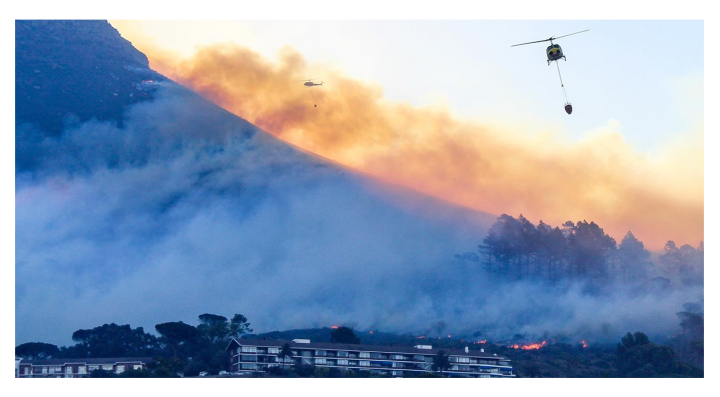
Firebrand Ignition of Building Materials

- Overview
- Updates
This project seeks to understand the firebrand ignition of building materials and to relate the ignition propensity to fundamental material properties, and to characterize the associated thermal and gaseous environments for various firebrand coverage densities, wind speeds, external radiative heat fluxes, and exposure times. This knowledge will be incorporated into new computational models founded upon detailed pyrolysis kinetics.
For each building material selected for analysis, a detailed pyrolysis model is created using the results of thermogravimetric analysis, differential scanning calorimetry, microscale combustion calorimetry and the Controlled Atmosphere Pyrolysis Apparatus II. Subsequently, the structural materials are installed in a bench-scale wind tunnel and subjected to piles of smoldering wood dowels. Heat release rates are quantified, and advanced visible and infrared pyrometry are employed to measure the ember and building material temperatures and the heat flux distributions. Empirical models incorporating the detailed pyrolysis models are developed to relate the measured material response to its environment. Large-scale tests are then performed on the same materials to evaluate the effects of scale on the material response. These tests are performed with and without additional radiant heat flux to replicate impact of an adjacent fire front.
Led by principal investigator (PI) Stanislav Stoliarov of the University of Maryland (UMD) with collaborators from the University of Melbourne (UoM) and University of California, Berkeley, the Firebrand Ignition of Building Materials study is the first collaborative research initiative stemming from the Fire Safety Research Institute (FSRI), part of UL Research Institutes partnership with the International Fire Safety Consortium.
Context
Firebrands, widely recognized as a key contributor in the propagation of wildland fires, are small, often smoldering embers which break off of vegetative or structural materials during wildland fires and can loft up to several kilometers ahead of the main fire front, igniting new spot fires. They have been found to be responsible for a large fraction of structure losses in the wildland-urban interface (WUI) by increasing the rate of fire spread, via direct ignition of structures, or by contributing to structure-to-structure fire spread.
The behavior of firebrands can be broken down into three distinct processes: generation, transport, and ignition of recipient fuels. Among these, firebrand transport has been studied extensively, while generation of firebrands and ignition of fuels have received less attention. Few studies have addressed the specific problem of direct ignition of structural materials by firebrands.
Objectives
This project will improve the understanding of the ignition of recipient fuels by firebrands and firebrand showers and lead to the improved resilience of structures in wildland fires and new standard test methods.
- The primary objective of this project is to determine the mechanism of ignition of building materials by firebrands and to identify key building material properties that can be quantified to describe their propensity to ignite when subjected to firebrand showers.
- A secondary objective is to characterize the thermal and gaseous environments associated with the exposure of building material surfaces to firebrands considering the effects of firebrand loading, wind speed, external radiative heat flux, and time.
- An empirical model of firebrand exposure is to be formulated based on the results of this characterization and coupled with a detailed pyrolysis model to create a numerical tool for prediction of firebrand-induced ignition.
- The knowledge acquired during this work will form a foundation for development of a standard test method for measuring building materials’ propensity to ignite when exposed to firebrand showers.
Research Partners
Published: February 15, 2022







